Ogane Jokbal (오가네족발)
10.1Km 2017-02-01
21, Nonhyeon-ro 36-gil, Gangnam-gu, Seoul
+82-2-575-6608
Even though Ogane Jokbal is delicious enough to prospered into a multi-branched enterprise, the restaurant choose to operate and focus on a single branch to keep and develop the qualified, consistent taste of Jokbal (pig trotters). The chewy and soft texture of jokbal is a popular menu, as well as bossam (vegetable wraps with pork) and makguksu (spicy buckwheat noodles).
Ttosuni Sundae (또순이원조순대)
10.1Km 2020-06-16
14, Sillim-ro 59-gil, Gwanak-gu, Seoul
+82-2-884-7565
“Ttosuni Sundae” first started as a small street stand in 1976 and soon became the biggest sundae (blood sausage) restaurant in Sundae Town. Many people visit Ttosuni Sundae because it has been introduced several times through various mass media. White sundae is the most popular dish due to its delicate taste of fried sundae with various vegetables. Sundae guk (blood sausage soup), as well as fried sundae are frequently enjoyed, especially in winter. The dining area is large enough for group gatherings.
Namwon House (Namwonjip) (남원집)
10.1Km 2016-09-05
1640-31, Sillimbon-dong, Gwanak-gu, Seoul-si
02-886-9198
Namwon House is located on the 3rd floor of Wonjo Minsok Sundae Town. Namwon is the hometown of the original owner who started Namwon House for the first time, which is now operated by his relative. Namwon House’s specialty is its fried Sundae cooked with various vegetables, Pyogo mushrooms, and squid. The scent of Pyogo mushrooms gives off a wonderful aroma. By putting enough perilla seed powder towards the end of cooking, the savory taste of fried Sundae increases. Before eating, a wet towel is served to wash your hands is a nice gesture by the bar.
Star Chef (스타쉐프)
10.2Km 2021-03-29
38-6, Nonhyeon-ro 38-gil, Gangnam-gu, Seoul
+82-2-529-8248
It is a place where you can enjoy Eastern and Western fusion cuisines. This restaurant's signature menu is steak. This Chinese (cuisine) restaurant is located in Gangnam-gu, Seoul.
Heungbu Bossam (흥부보쌈)
10.2Km 2021-03-30
15-13, Sillim-ro 59-gil, Gwanak-gu, Seoul
+82-2-888-9464
It's a great place to hold group dining and gathering. This Korean dishes restaurant is located in Gwanak-gu, Seoul. The most famous menu is napa wraps with pork.
Ho Lee Chow (Dogok) (홀리차우-도곡점)
10.2Km 2016-09-05
1F, JEI Building, 464, Dogok-dong, Gangnam-gu, Seoul-si
+82-2-3461-4468
Founded in 1998, Ho Lee Chow has grown to become one of Seoul's most popular Chinese restaurants. Ho Lee Chow's success is founded in its name brand, consistent food quality, customer service, and efficiency. Ho Lee Chow was started by Paul Hong and Charlie Lee. Their dishes replicate the food of the Chinese that was developed when they first immigrated to America 200 years ago. Even now, Ho Lee Chow's chefs are respectful of the Chinatown culture and traditions when preparing the dishes with traditional wok cooking methods. The food is prepared using only the freshest, high-quality, and authentic ingredients, that allow the natural flavors to emerge and consistently delight the senses. Currently, Ho Lee Chow offers a variety of specialties, clean facilities, a friendly and professional service mentality, efficient business practices, and continuous development in their business operations, service training, marketing, and personnel management.
Chammanna (참만나)
10.2Km 2019-04-24
441, Hwarang-ro, Nowon-gu, Seoul
+82-2-974-1500
This galbi restaurant is located in Taereung where the popular dish, Taereung Pork Galbi originated. The restaurant is equipped with their original charcoal roasters that release less smoke and smell when grilling pork or beef galbi at the table.
Terminal des bus Dong Seoul (동서울종합터미널)
10.2Km 2018-06-22
50, Gangbyeonyeok-ro, Gwangjin-gu, Seoul
Le Terminal de Bus de Dong Séoul est situé au sein de la station de métro Gangbyeon sur la ligne 2 (sortie numéro 4). Les bus (express et interurbains) allant aux quatres coins du pays (provinces de Gyeonggi, Gangwons, Gyeongsan, Chungcheong et Jeolla) partent de ce terminal. Les réservations peuvent être effectuées dans les agences suivantes, mais les tickets peuvent aussi être achetés aux guichets du terminal.
Réservations
- Bus Interurbains
www.ti21.co.kr (seulement en coréen)
- Ligne Gyeongbu (Daejeon, Daegu, Busan, Masan, Changwon, Jinju)
www.kobus.co.kr (coréen, anglais)
- Ligne Yeongnam/Honam (Gwangju, Jeonju, Jeongeup, Gwangyang)
Sushi Hon (스시혼)
10.2Km 2021-03-29
8, Dobong-ro 110-gil, Dobong-gu, Seoul
+82-2-993-3290
A place that serves traditional Japanese sushi using fresh live fish. This Japanese (cuisine) restaurant is located in Dobong-gu, Seoul. The most famous menu is sushi.
Temple Doseonsa (도선사)
10.3Km 2020-04-28
504, Samyang-ro 173-gil, Gangbuk-gu, Seoul-si
Les voyageurs qui suivent la route de Cheongdam depuis le terminus du bus Uidong peuvent apercevoir les cascades de Jabimun et de Cheongdam. A 2,5 km des chutes se trouvent Annyangam et la Place de l’Esprit, les deux premiers sites du temple de Doseonsa à accueillir les visiteurs. Le temple Doseonsa a été construit sur ces terres il y a 1 100 ans, durant les dernières années de la dynastie Silla, lorsque le célèbre prêtre bouddhiste Doseonguksa voyageait dans les montagnes de la région. Remarquant à quel point le site se prêtait à la construction d’un temple, il fit une prophétie qui aboutit à la fondation du temple de Doseonsa.
L’un des aspects les plus intéressants du temple est une grande statue de Bodhisattva qui aurait été sculptée par Doseonguksa en utilisant uniquement son bâton de marche. Une inspection détaillée ne montre aucune trace de ciseau sur la station, jetant un voile de mystère sur la méthode de fabrication de la statue. Durant la 7ème année du règne du roi Gwangmu de la dynastie Joseon, le temple Doseonsa a obtenu un statut officiel de temple représentatif de la Corée afin de promouvoir le mouvement du bouddhisme coréen de Cheongdamdaejongsa qui avait pour but de faire revivre la religion. Dans de telles circonstances, le temple de Doseonsa a obtenu une reconnaissance et un statut élevés qui perdurent encore aujourd’hui. A l’intérieur du temple, le visiteurs peuvent admirer les reliques et les oeuvres écrites de Cheongdamdaejongsa dans le Hall Commémoratif de Cheongdamdaejongsa. Près de la route qui mène à Cheonbuljeon se trouve un étang où les gens lancent des pièces de monnaie en faisant un voeu. A l’intérieur du hall de Ksitigarbha, un bodhisattva des morts, se trouvent les portraits du président Park Chung-hee, de Yuk Yeong-su et du président de Hyundai Chung Ju-yung. Devant le hall du Ksitigarbha, on peut voir un arbre qui aurait été planté par un prêtre bouddhiste qui l’aurait rapporté d’Inde il y a 200 ans. Des objets d’une grande valeur historique sont disséminés dans le temple, et un sentier de randonnée qui relie Baegundae et Insubong se trouve après Yongammun.
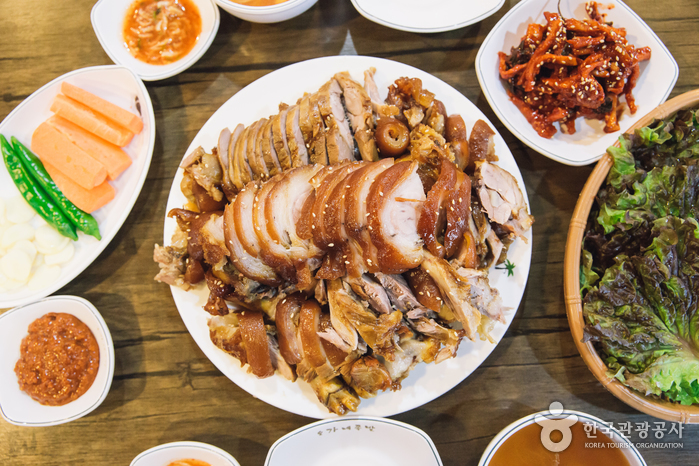
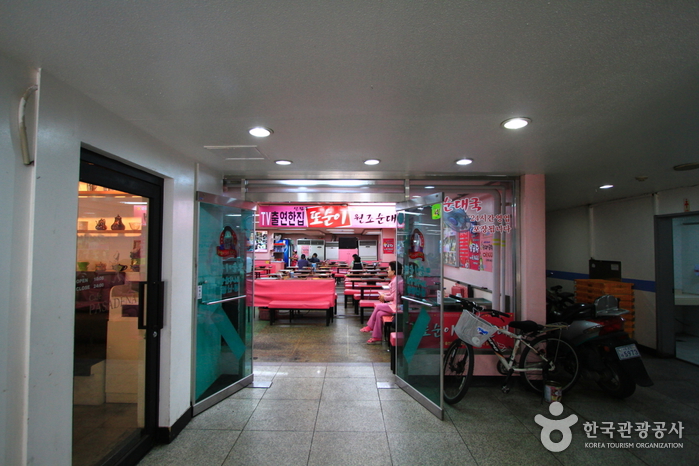
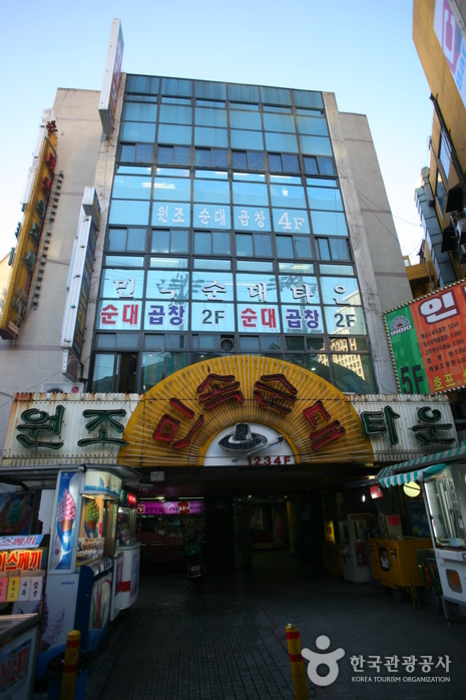
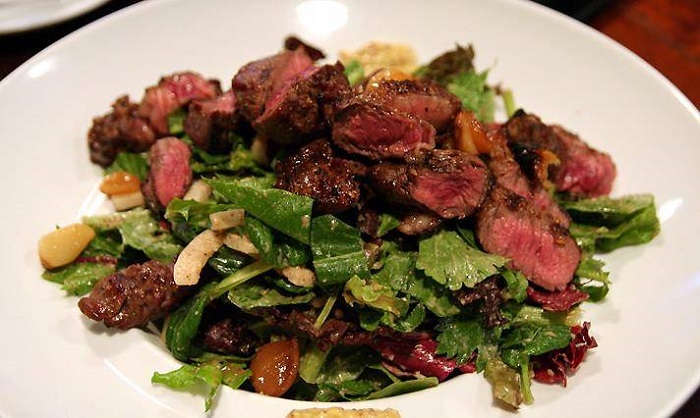
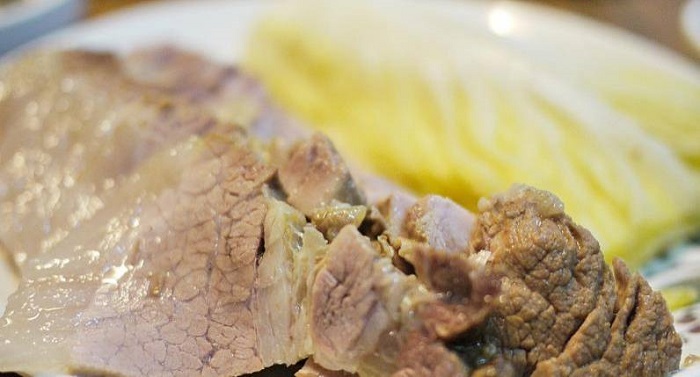

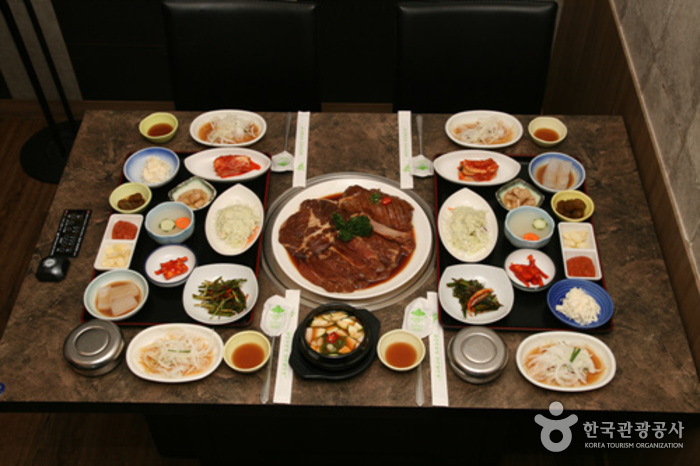
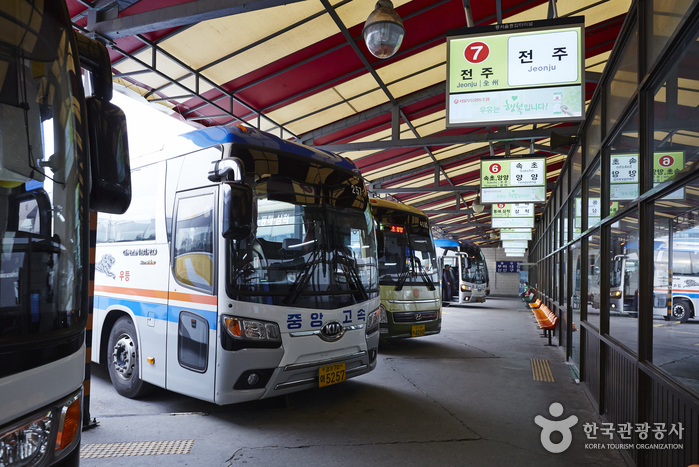
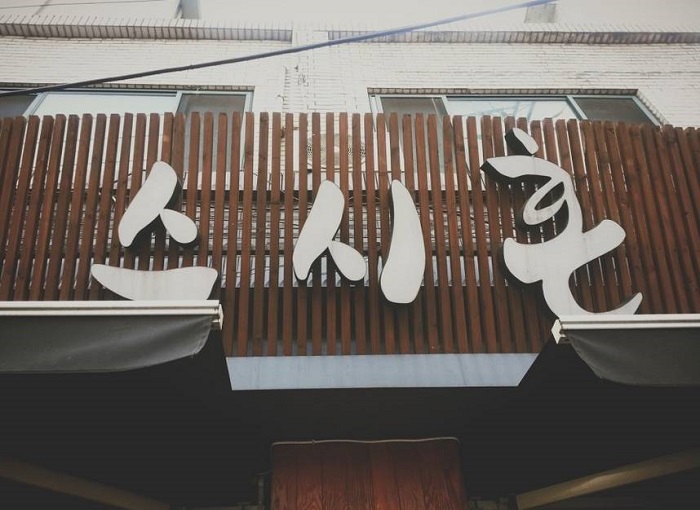
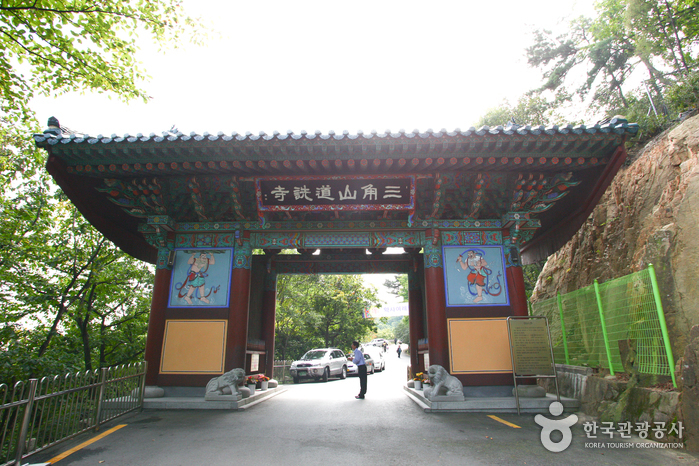
 Français
Français
 한국어
한국어 English
English 日本語
日本語 中文(简体)
中文(简体) Deutsch
Deutsch Español
Español Русский
Русский